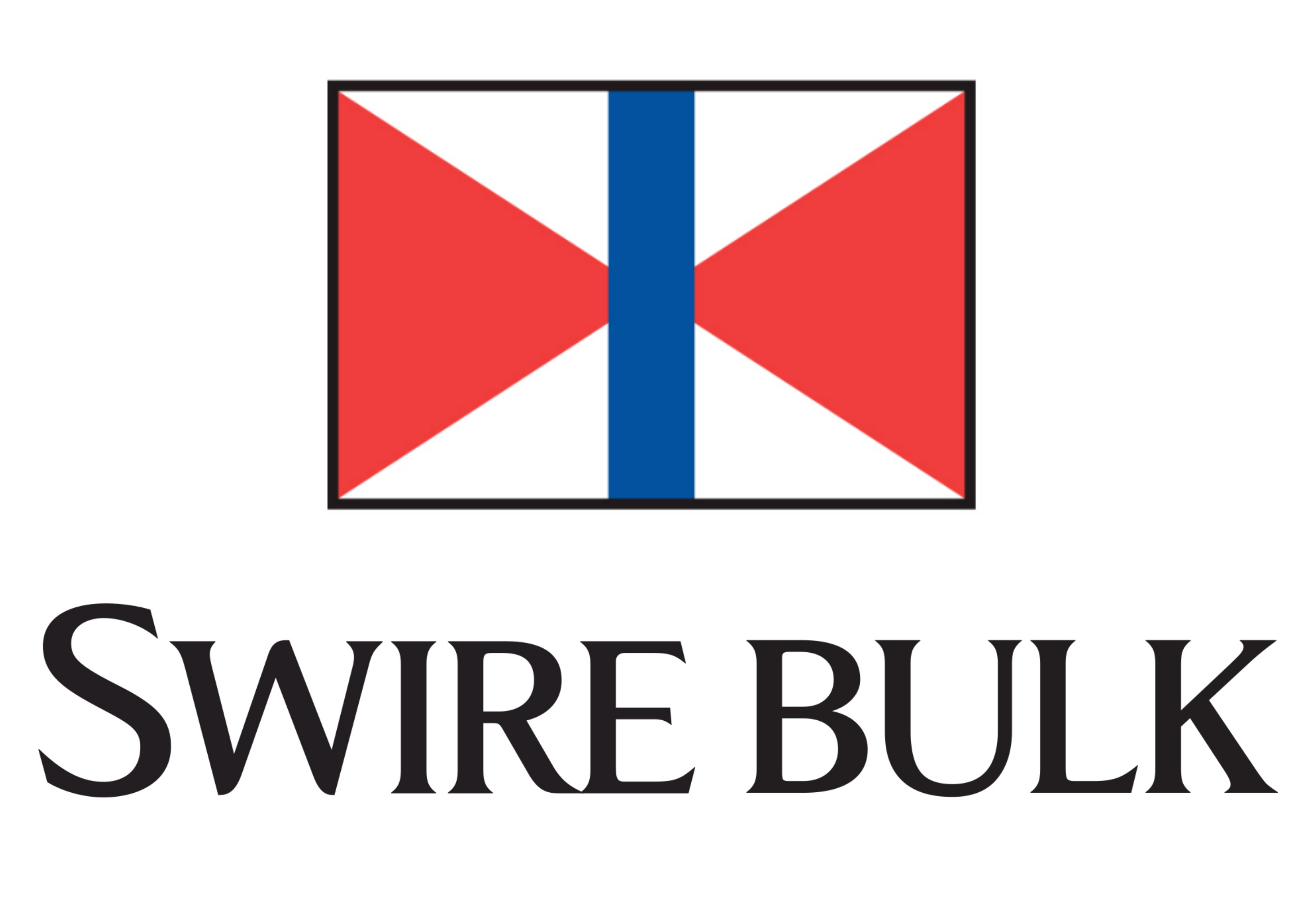
Energy and raw materials are the building blocks of global industrial output.
As far as the dry bulk freight market is concerned, the health of its demand similarly boils down to how much Iron Ore and Coal is being transported from mine to mill.
Steel production requires Iron Ore and Coking Coal, and powering the majority of the world’s factories requires electricity, which traditionally comes from Steam Coal.
The farther these raw materials need to travel from their origins (mines) to their destinations (mills) is generally a good thing for dry bulk vessels. We measure this demand as ‘Dry Bulk Fleet Vessel Utilisation’.
So, taking a look at iron ore demand, how has this been faring?

It probably wouldn’t take a Rhodes scholar to guess that Iron Ore’s all-time record price was set pretty much at the peak of the markets just prior to the Global Financial Crisis. In March 2008, Iron Ore looked set to storm through 200 USD/mt, but we all know what came shortly after.
Iron Ore prices languished for most of the past decade at around 80 USD/mt. Indeed, at the beginning of 2020, that’s where it was. It’s therefore surprising that, in the COVID world we find ourselves in today, Iron Ore seems likely to make an assault on record highs, now trading at 170 USD/mt with momentum firmly on the bid.
At decade-high demand, this bodes well for dry bulk vessels hauling Iron Ore from Australia and Brazil to China.

Capesize vessels that almost exclusively move iron ore find their utilisation pushed higher as they carry this decade-high demand and supply-chains get squeezed, increasing congestion and waiting times at load and discharge ports, making their voyage times longer.
Likewise, the demand for Coal to produce steel (Coking Coal) and electricity (Steam Coal) has also been rising steadily, with a move towards sourcing more attractively priced coal from origins such as Indonesia, whose ports are not as efficient at handling large volumes as traditional suppliers on the East Coast of Australia.

With China being the only major economy in 2020 to post positive economic growth and a 2021 growth target of 8%, it’s clear that centralised spending on infrastructure and stimulus projects are having a boon effect on raw material demand and their global prices.

And what for freight with this Coal and Iron Ore bonanza?
2020 saw the Iron Ore centric Capesize vessel fleet earn an average $13,000 per day, with 2021’s year-to-date rate at a buoyant $21,800. The Panamax fleet, which averaged $8,500 per day in 2020, is now enjoying an average of $12,700 per day, with spot rates sat at $13,223 at Monday night’s close.
Indeed, then the chorus of shipowners chants for MORE, MORE IRON ORE…

Other Opinions You Might Be Interested In…

